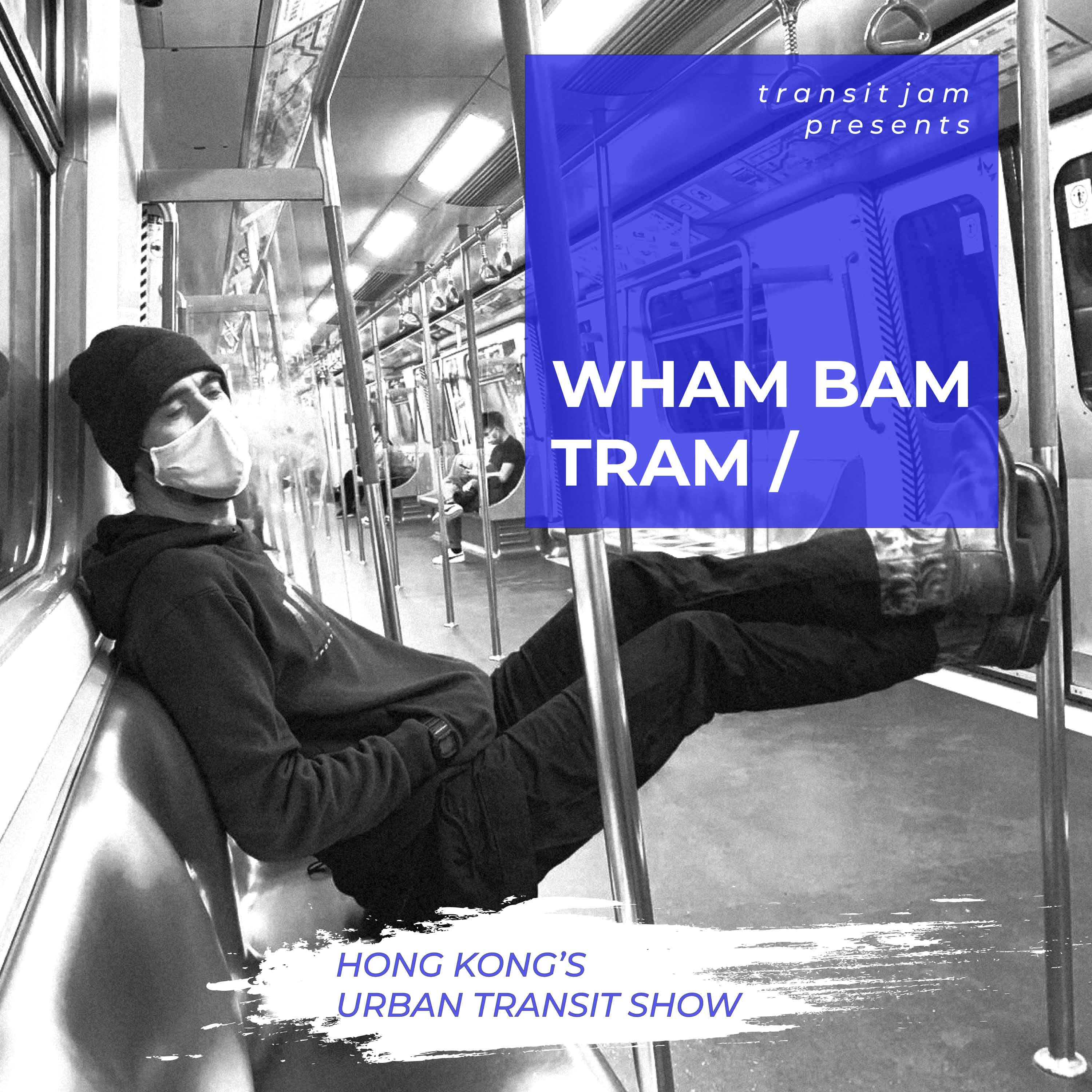A marine official responsible for cargo handling says there’s no space for discussion on opening “Instagram Pier” to the public in any form, dashing hopes ahead of a proposed engagement between Marine Department (MD) and the community.
“There is no discussion,” says Lu Jian-jian, Senior Marine Officer, Cargo Handling, when asked if the Western District Public Working Cargo Area (WDPWCA) could be re-opened for public access. “The WDPWCA is not an open space for the public, it is only to be used for Marine Department-designated cargo loading activities, it doesn’t have any other use other than cargo activities. And we received many complaints from operators about noise and safety,” he told Transit Jam this morning (3 March).
Earlier, a more senior official had indicated the site’s access could be open for debate. In a private conversation with the director of Action Asia Events, Michael Maddess, yesterday, MD’s Deputy Director Raymond Sy was agreeable to the idea of a community forum and told Maddess he would meet to discuss the situation with District Councillors later this month.
Sy also told Maddess there had been “on-going complaints from cargo operators about safety concerns and some items being damaged”.
“Don’t climb on shipping containers in your wedding dress”

Action Asia Events director Michael Maddess calls for some “wharf etiquette” and says the pier is a “wicked place to run”
Maddess, who’s organised hundreds of trail running events in Hong Kong and across Asia, has made a number of proposals for access to the raw waterfront site, including allowing the public access only after 6pm, painting specific pedestrian paths and developing a code of conduct for wharf etiquette.
“I gather one thing that really needs to be solved is everyone climbing on containers taking photos as the operators are complaining loudly and putting MD in a difficult situation,” he says.
“We need some advocacy rules, just like in trail running: don’t climb on the shipping containers in your wedding dress,” he says. “There must be a solution out there as it’s a wicked place to run,” he says.
“This pandemic has forced everyone outside and in the past year there is probably double if not triple the amount of people using the waterfront, so let’s think positive and realise Hong Kong people care about their health and reward them, not punish them.”
But Lu says the regulations are clear: the public will not be allowed in. He admits the site is unique in that it’s the only working cargo area “in a downtown area”, but that new space opened by the government to the east and the west of the pier should be sufficient for locals.
“People want a connection along the sea wall, but you can also go along the road, it’s a little far away from the sea wall but it’s not too far,” says Lu.
Photographer Justin Lim, who has clients asking for photoshoots at the venue, says it may be hard to enforce any code of conduct. “With the enthusiast level photographers, it’s all about Instagram point scoring for them, so they are unlikely to care if there is a code of conduct,” he says. “Most are accomplished at, for example, breaking into buildings to shoot from Hong Kong rooftops.”
Lim suggests the existing security setup doesn’t work too well and proposes some sort of “pier safety ambassador who understands what young people actually get up to,” although he says this might also be “a bit nanny state”.
The Marine Department has been clamping down on public access over the last year, finally closing gates to the public on Sunday on “pandemic concerns”.
District Councillor Paul Zimmerman then said the government should consider improvements to harbour connectivity if it goes ahead with a public ban. “If any closure is to proceed, government should first widen the pavements around the Western Cargo Working Area, before the closure is implemented,” he said on Sunday.
The WDPCWA is the smallest of Hong Kong’s six public cargo working areas, handling around 5-6% of the city’s public cargo working area throughout at around 20,000 tonnes in January. The site has around 115 workers with 18 companies licensed to operate and around 20 ships visiting each day.





